
Admiral Sir Reginald Aylmer Ranfurly Plunkett-Ernle-Erle-Drax, KCB, DSO, JP, DL, commonly known as Reginald Plunkett or Reginald Drax, was an Anglo-Irish admiral. The younger son of the 17th Baron of Dunsany, he was Director of the Royal Naval Staff College, President of the Naval Inter-Allied Commission of Control in (Berlin), commander-in-chief of successive Royal Navy bases. His brother Edward, who became the 18th Baron of Dunsany, was best known as the famous playwright and author Lord Dunsany. Edward inherited the paternal estates in Ireland, while Reginald was bequeathed most of his mother's inheritance across portions of the West Indies, Kent, Surrey, Dorset, Wiltshire and Yorkshire. He extended his surname by special Royal licence in 1916, and was noted for the quadruple-name result, Plunkett-Ernle-Erle-Drax.

The Bunbury Baronetcy, of Bunbury, Oxon and Stanney Hall in the County of Chester, is a title in the Baronetage of England. It was created on 29 June 1681 for Thomas Bunbury, Sheriff of Cheshire from 1673 to 1674 and the member of an ancient Cheshire family. His grandson, Henry, the third Baronet, and great-grandson, the fourth Baronet, both sat as Members of Parliament for Chester. The latter died unmarried at an early age and was succeeded by his younger brother, the fifth Baronet. He was a clergyman. On his death in 1764 the title passed to his eldest son, the sixth Baronet. He represented Suffolk in the House of Commons for over forty years but is best remembered for his marriage to Lady Sarah Lennox. He died childless in 1821 and was succeeded by his nephew, the seventh Baronet. He was the son of Henry Bunbury, younger son of the fifth Baronet. The seventh Baronet was a distinguished soldier and politician. His eldest son, the eighth Baronet, was High Sheriff of Suffolk in 1868, and Fellow of the Royal Society. He died childless in 1886 and was succeeded by his younger brother, the ninth Baronet. He was Liberal Member of Parliament for Bury St Edmunds. He died unmarried in 1895 and was succeeded by his nephew, the tenth Baronet. He was the son of Colonel Henry William St Pierre Bunbury, third son of the seventh Baronet. He served as High Sheriff of Suffolk in 1908 and was a Deputy Lieutenant of the county. On his death in 1930 the title passed to his son, the eleventh Baronet. He was High Sheriff of Suffolk in 1936 and was a Deputy Lieutenant of the county. His son, the twelfth Baronet, was High Sheriff of Suffolk in 1972. As of 2014 the title was held by the latter's second but eldest surviving son, the thirteenth Baronet, who succeeded in 1985.
Arthur Alfred Wilmot was an English clergyman and cricketer who played first-class cricket for Derbyshire in 1871.
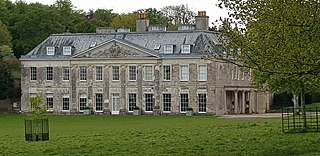
Charborough House, also known as Charborough Park, is a Grade I listed building, the manor house of the ancient manor of Charborough. The house is between the villages of Sturminster Marshall and Bere Regis in Dorset, England.
John William Plunkett, 17th Baron of Dunsany was an Anglo-Irish Conservative politician and peer.
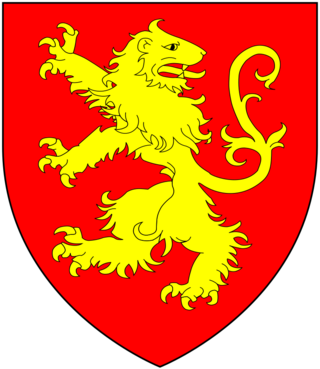
Sir William Morice, 3rd Baronet of Werrington Park was an English Tory politician who sat in the House of Commons from 1727 to 1750.
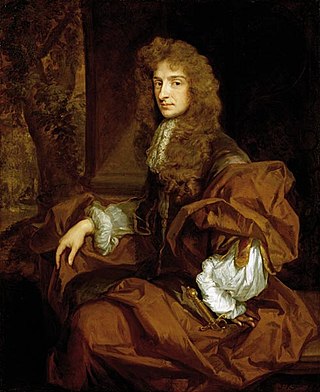
Sir Charles Sedley, 2nd Baronet, was a British politician who sat in the House of Commons between 1747 and 1778.

Sir Hew Dalrymple-Hamilton, 4th Baronet was a British politician.
Lord Francis Seymour was a clergyman of the Church of England and a younger son of Edward Seymour, 8th Duke of Somerset. He was Dean of Wells from 1766 until his death.
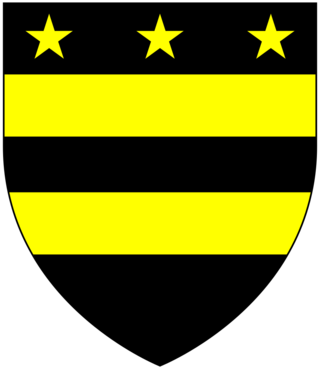
Sir Percy Freke, 2nd Baronet of West Bilney, Norfolk and Castle Freke, County Cork, was a baronet in the Baronetage of Great Britain and a Member of Parliament in the Irish House of Commons. His first name was sometimes spelt Peircy.

Sir Edward Ernle, 3rd Baronet of Charborough in Dorset, of Brimslade Park and Etchilhampton, both in Wiltshire, was an English Whig politician who sat in the English and British House of Commons between 1695 and 1729. He had mixed fortunes in finding or holding a seat and often depended on his father-in-law to bring him into his own seat at Wareham when a vacancy arose.
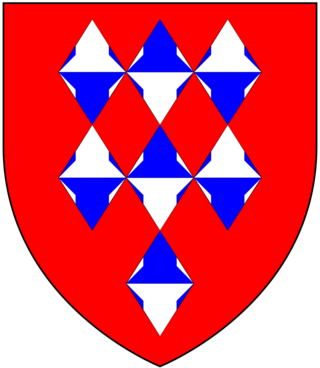
Sir John Guise, 4th Baronet, of Elmore Court and Rendcomb, both in Gloucestershire, England, was an English Whig politician who sat in the House of Commons from 1722 to 1727.

Sir John Stepney, 8th Baronet, of Llanelli, Carmarthenshire, was a Welsh politician who sat in the House of Commons from 1767 to 1788.

Sir Erasmus Philipps, 5th Baronet, of Picton Castle, Pembrokeshire, was a British politician who sat in the House of Commons from 1726 to 1743.
Sir Roger Mostyn, 5th Baronet was a Welsh landowner and politician who sat in the House of Commons for 38 years from 1758 to 1796.
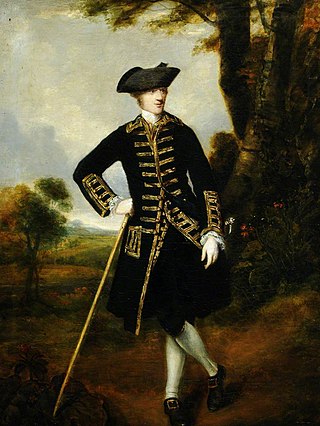
Sir James Pennyman, 6th Baronet (1736–1808) was a British politician who sat in the House of Commons for 26 years from 1770 to 1796.

Sir William Guise, 5th Baronet, was a British politician who accompanied Edward Gibbon on his Grand Tour of Italy and sat in the House of Commons between 1770 and 1783.

Sir John Molesworth, 5th Baronet (1729–1775) was a British politician who sat in the House of Commons from 1765 to 1775.
Sir John Thorold, 9th Baronet (1734–1815) was a British book collector and politician who sat in the House of Commons from 1779 to 1796.

Sir John Morgan, 4th Baronet, of Kinnersley Castle, Herefordshire, was a British Tory politician who sat in the House of Commons between 1734 and 1767.














